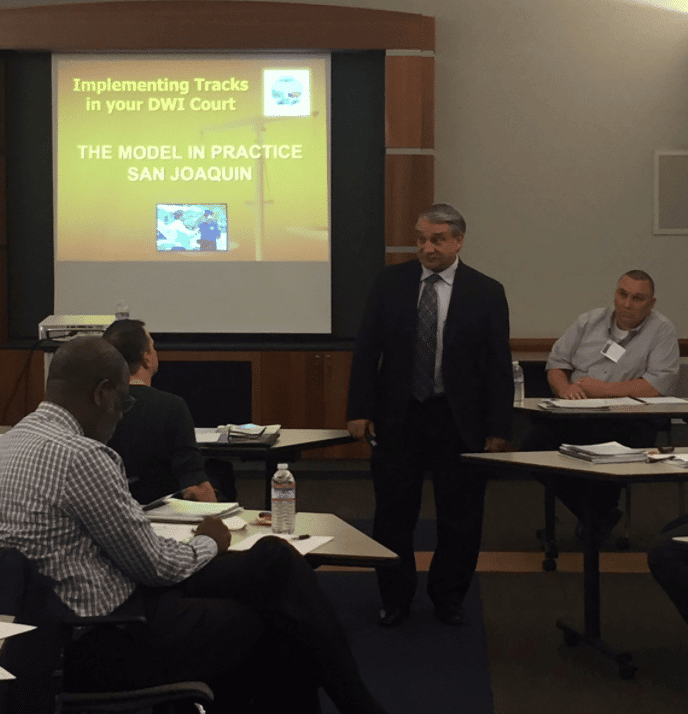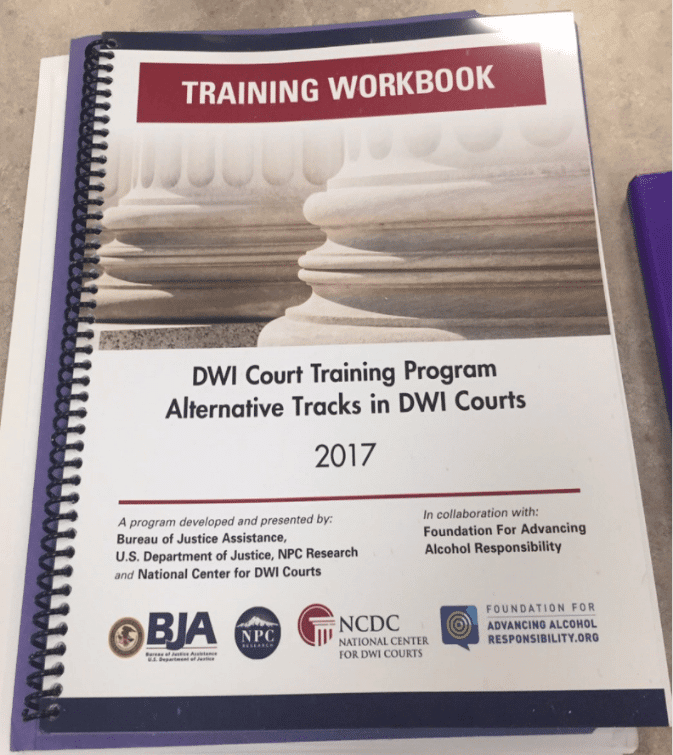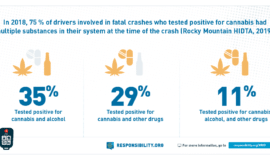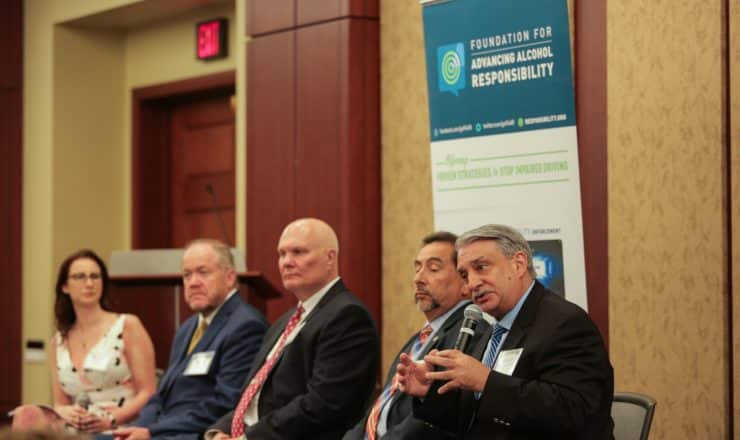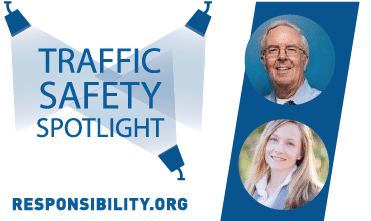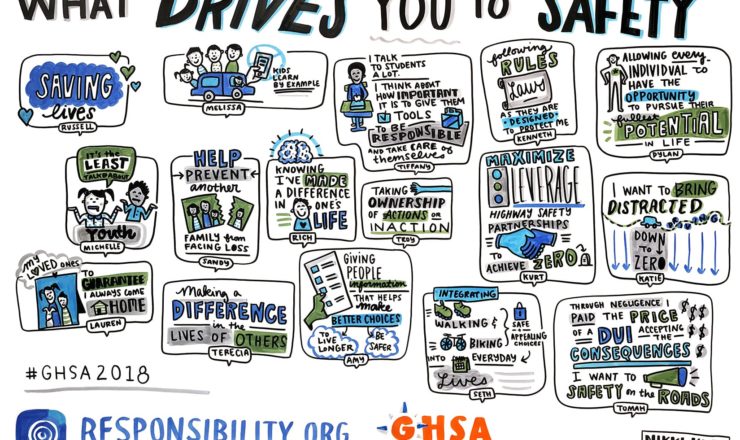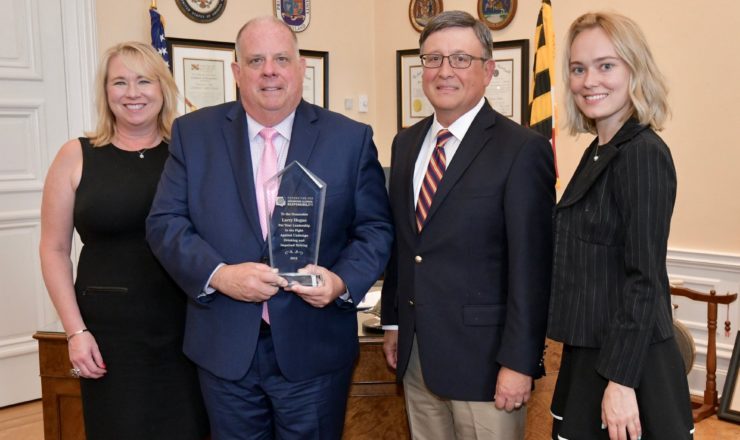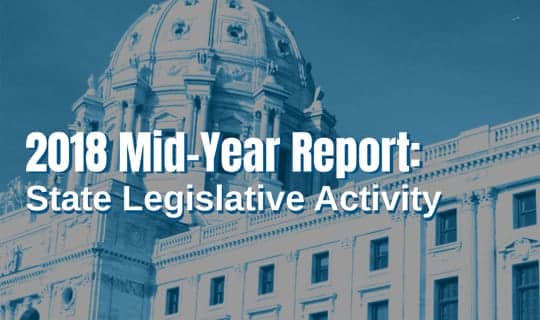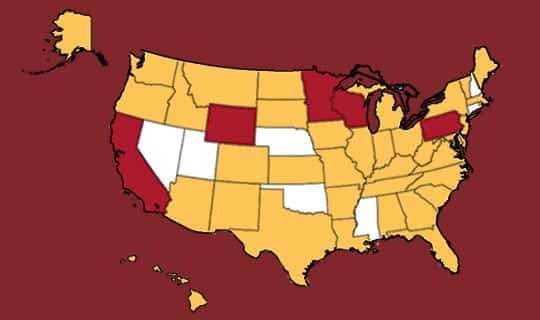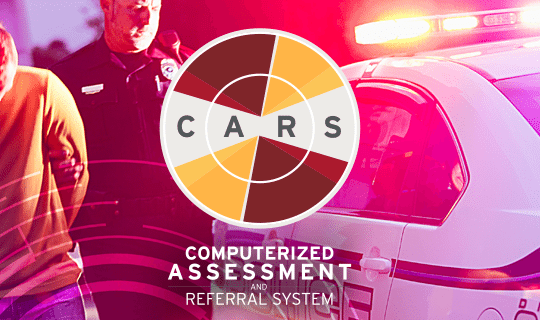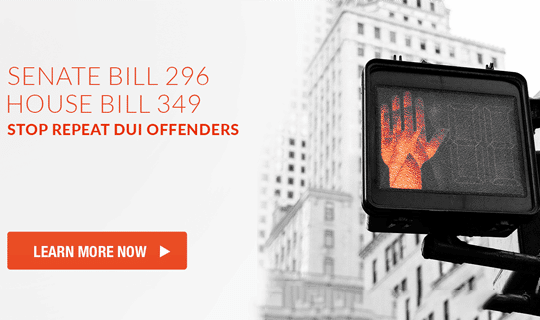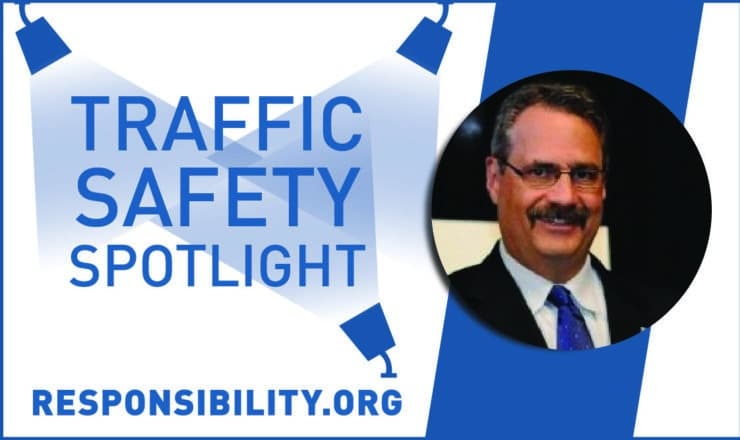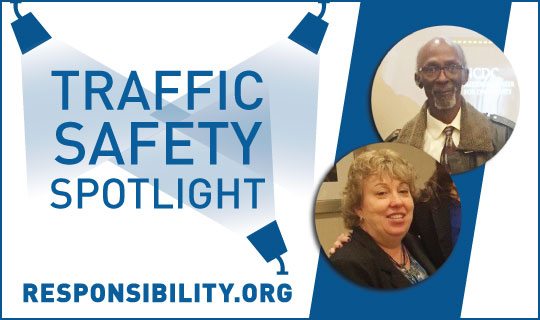Taking DUI Courts to Scale
In the past, I have discussed the groundbreaking work being done in San Joaquin County, California under the leadership of Responsibility.org Judicial Advisory Board Member Judge Richard Vlavianos. An innovator and leader within the criminal justice field, Judge Vlavianos relies heavily on risk, needs, and mental health assessments (such as CARS) to guide his decision-making in handling the cases before him. His courtroom has become a testing ground for new and promising practices and he never shies away from borrowing ‘what works’ and incorporating it into his constantly evolving program model. After having spent many years working and volunteering within the justice system, I can also report that it’s not every day that you see a judge, an authoritative and sometimes ominous figure, step off the bench and use the power of positive reinforcement to promote behavior change. But this is exactly what happens in ‘Judge V’s’ courtroom.
Judge Vlavianos’ tiered approach to the traditional DUI Court model and reliance on risk triage to identify offender risk and need levels has allowed him to supervise more than 500 DUI offenders annually (all repeat offenders in his county). The success of his program has been recognized nationally and the proof is in the numbers – in the decade that the DUI Monitoring Court has been in operation, San Joaquin County has gone from one of the worst counties in the state for DUI fatalities to the 4th best. Moreover, in the 9.5 years since the court’s inception, they have served over 4,100 clients which translates into 440% greater impact when compared to a traditional DUI Court.
As a long-time partner of the National Center for DWI Courts (NCDC) we believe in the expansion of treatment courts. These programs that combine intensive supervision, accountability, treatment, and positive reinforcement make a significant difference in reducing DUI and general recidivism among the highest-risk individuals. In recognition of the success of DUI Courts and Judge Vlavianos model which essentially takes traditional courts to scale, Responsibility.org supported NPC Research and NCDC in a new training initiative. Earlier this month, practitioners from six California counties (Contra Costa, Kern, Monterey, Santa Clara, Tulare, Yuba) convened in Sacramento to learn how to implement a multi-track DUI Court model to match supervision and interventions to the assessed risk level and treatment needs of individuals.
Why is this practice important? According to NPC Research, the purpose of having alternative tracks within a DUI Court is to ensure that practitioners “avoid mixing participants with different risk levels in the same treatment groups, as high-risk individuals can take advantage of lower risk participants or teach the low-risk participants high-risk behaviors.” As Carolyn Hardin, Chief of Training and Research at the National Association of Drug Court Professionals (NADCP) often remarks, “risk is contagious.” Moreover, to achieve better long-term outcomes, it is also necessary to ensure that we do not over treat or supervise individuals who do not require intensive services.
The application of the risk and needs principles first led to the development of alternative tracks in adult drug courts. In 2008, Judge Vlavianos sought to incorporate this approach within his DUI Court. Judge Vlavianos realized that many of the repeat DUI offenders in his program are not dependent on alcohol or drugs and do not need the high level of supervision and treatment that would be appropriate for high-risk/high-need offenders. For this reason, he separated his court into two tracks: Track 1 is the “monitoring track” where participants are required to come to court infrequently to report on progress in completing the terms of their probation, including DMV requirements to qualify to get their license returned. Track 2 is for those participants who demonstrate that they are unable to comply with Track 1 requirements and are assessed as needing substance and/or mental health treatment. Track 2 follows the traditional DUI Court model more closely. Through the process of risk triage, Judge Vlavianos separates offenders between his two tracks which simultaneously allows him to focus resources on those who require them the most. Data from his court reveals that only 31% of offenders are assessed as being high-risk/high needs - these are the individuals placed in the treatment track.
It is our hope that more California counties will adopt the San Joaquin model in the near future. Next year, Responsibility.org hopes to collaborate with other states to expand upon this initial training and increase the implementation of DUI courts.
Erin Holmes, Director, Traffic Safety and Technical Writer for Criminal Justice Programs, is responsible for managing Responsibility.org’s traffic safety portfolio and partnerships, and is involved in the development of traffic safety and criminal justice policy.

